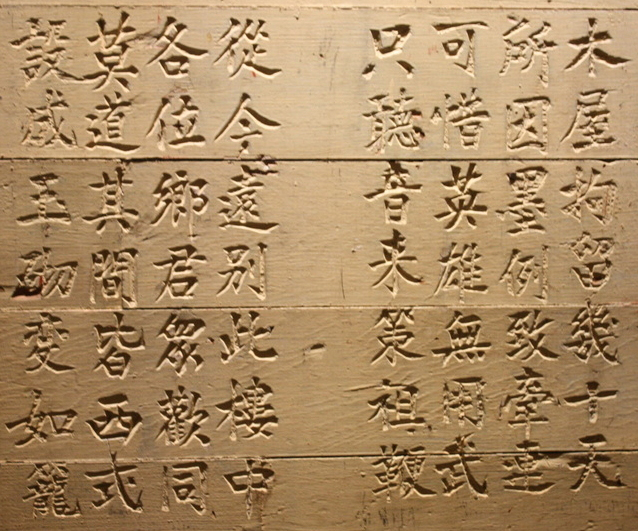US versus Wong Kim Ark (1898) upheld birthright as a basis for
citizenship in a time of blatant racism. It thus has allowed all later immigrant families to establish footholds on these shores.
TO LIVE IN SEATTLE, it is incumbent on all of us to know something about the history of various immigrant groups that we encounter frequently. Such a background can foster deeper conversations than we might normally have with individuals of such groups. The most logical first such group that comes to mind is Chinese Americans.
In this context, like many a Beacon Hill resident, I have long known that the lingua franca of the number 36 Beacon Avenue bus is Cantonese. It is the language spoken by many an older restaurant and garment worker who settled on the hill after World War II.
Accordingly, I recognize Cantonese when I hear it from its comfortable familiarity. There is also the absence of everyday Mandarin phrases that I can pick out, learned from movies, books, and a Chinese-American friend.
Ni hau. How are you?
Bu zhi dao. I don’t know.
Xie xie. Thank you.
Yet until recently, I never stopped to think about why it is that the early Chinese immigrants who came to Seattle were Cantonese speakers who hailed from southern China.

Like historical immigration from Japan, the southern Chinese immigration story is linked to broader world history. A simple explanation is that southern China is where ports open to foreign trade were first established along key shipping routes between Malaysia, the Philippines, and Japan. Thus, would-be immigrants needed only board one of the numerous European or American ships that stopped there.
The international Chinese ports were established by the Convention of Chuenpi (1841) and the Treaty of Nanking (1842). The former is remembered today as the agreement that led to Hong Kong becoming a crown colony until 1997.
The siren calls luring immigrants to board the ships were numerous. They included the California Gold Rush ( 1848-1855), the building of the US transcontinental railroad (1863-1869), and the great San Francisco earthquake (1906). Besides these three, there was also ordinary “smuggling in” to the US.

The latter two merit explanation. The San Francisco earthquake, and the fires that followed it, destroyed prior US records of Chinese immigration. Thus, during the years that followed it, the US had no idea who was supposed to be here, who had traveled back and forth, when, and the like. Thus, the stage was set for an ingenious “paper son” system to evolve.
That is, a later new immigrant could say that he was the Chinese-born son of immigrant so-and-so, residing at such-and-such a US address, and US officials would have to let him in.
Over time, of course, the officials caught on that many such immigrants were gaming the system. There were too many “sons” entering the US during the period when the immigration of Chinese laborers was banned by the Chinese Exclusion Act (1882). The officials thus set up Angel Island, in San Francisco Bay, as an immigration screening station (1910-1940). The family-history questions they asked of would-be immigrants were extensive, and could run as many as 300-1000.








